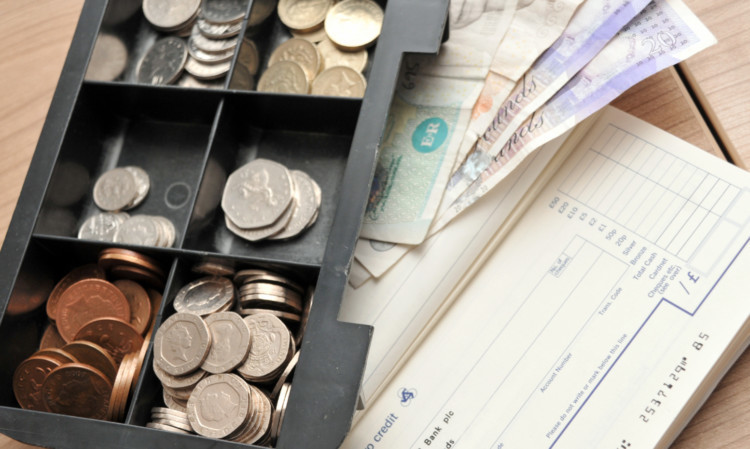Small and medium-sized businesses are giving “a number of positive signals” on funding, according to a comprehensive new study of the market.
BDRC Continental’s third annual Finance Monitor report highlighted new-found confidence amid UK firms, with the proportion rating the economic climate as a major barrier to success declining to its lowest level yet.
The report which compiles findings from quarterly surveys of a total of 20,000 companies across Scotland, Northern Ireland, Wales and the nine English regions found that fewer bosses were forced to inject their own cash last year.
It also disclosed an upturn in the number of SMEs reporting a profit during the fourth quarter.
“There is little sign of a frustrated demand for finance, with a declining proportion of SMEs wanting to apply for finance but feeling that something had stopped them,” the report said.
It also noted that many SMEs met the definition of a “non-borrower” a firm which is not using external sources of finance and has no plans to do so. Use of external finance has stabilised at around 40%.
“Use of ‘core’ forms of finance (loans, overdrafts or credit cards) has been fairly stable in recent quarters, but the longer-term trend is for declining use,” the report added.
The fall in the number of loan applications comes as the success rate climbs, with seven out of 10 of all loans and overdrafts being given the OK by lenders.
The study also found that renewal requests were twice as likely to be successful as opposed to new applications, with further evidence that banks favour more established firms.
“As in previous years, smaller, younger SMEs and those applying for the first time were less likely to be successful,” it said.
“Success rates for first-time applicants in 2013 to date are lower than in previous years, with 60% ending the process with no facility (up from 51% in 2012).”
Two-thirds of SMEs are classed as “happy non-seekers” of finance, but of those classified as potential finance seekers more than four in 10 said they would be discouraged from applying because they assume they would be turned down.
Awareness of financial support measures has plateaued, with SMEs more likely to know about schemes like Funding for Lending but with fewer only 14% feeling it will help them attract investment.
Trends uncovered by the BDRC report also showed Scottish small and medium-sized firms were younger than the UK average, but profitability had fallen between 2011 and last year.
But the statistics showed how Scots bosses were “significantly” more likely to seek external finance in future, and more likely to feel pressure to inject their own funds in their businesses than the UK average.
